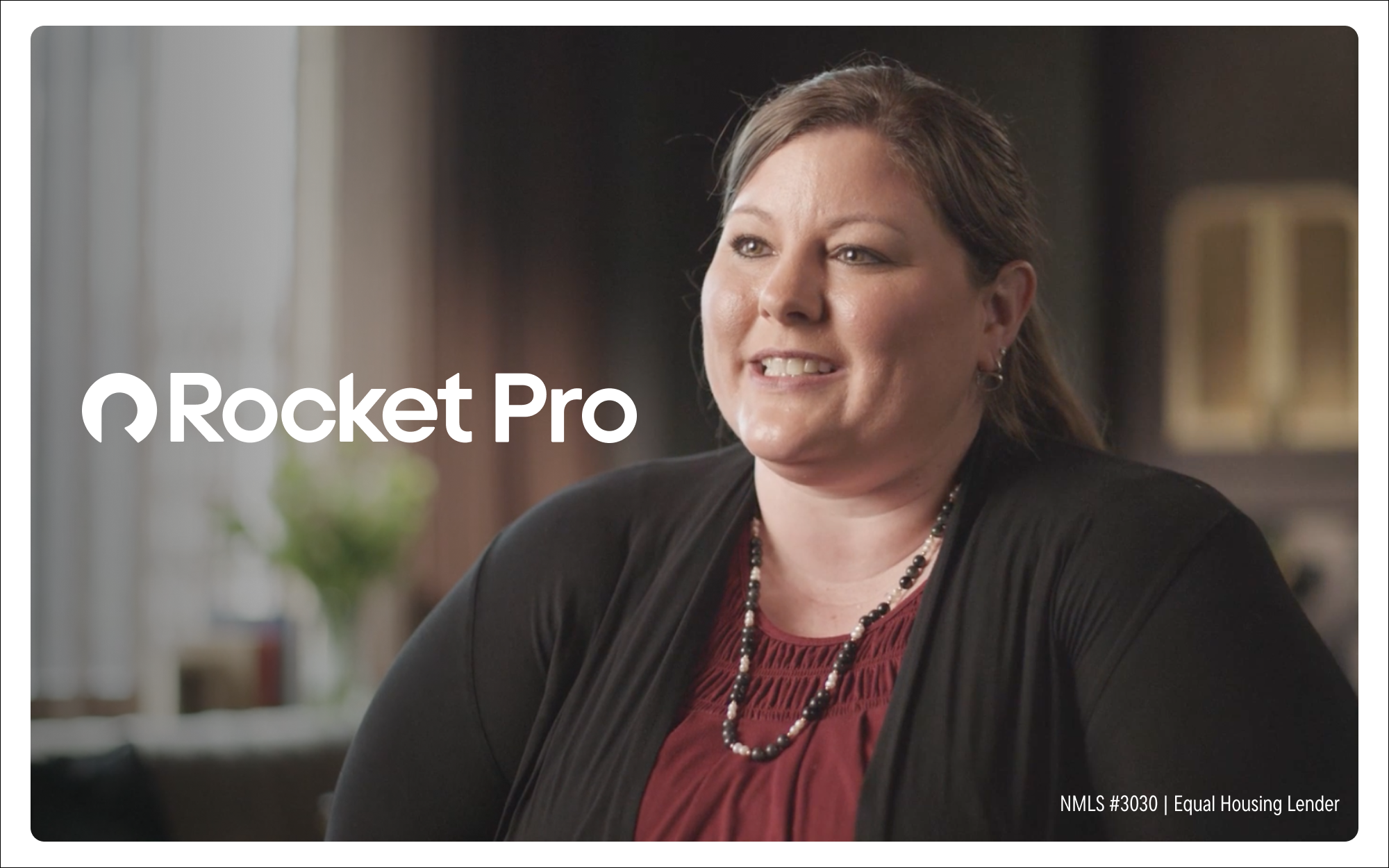Technology has blurred community banks’ geographic borders for some lending niches—but for others, face-to-face remains the gold standard. These community banks know one size doesn’t always fit all.
Banks that found their niche lending markets
April 01, 2020 / By Katie Kuehner-Hebert
Technology has blurred community banks’ geographic borders for some lending niches—but for others, face-to-face remains the gold standard. These community banks know one size doesn’t always fit all.
The gold standard for community banks is finding a lucrative lending niche, but how do you decide which delivery channels are best for which niches?
With technological solutions like online loan applications, e-signature and secure email now par for the course, banks can make loans to customers far outside their home markets. But for some lending niches—like serving local doctors, law firms and other professional firms—nothing takes the place of on-the-ground, in-person relationship building with loan officers who know the ins and outs of their customers’ industries.
Here, several banks tell us why they chose a particular channel to market, and sometimes underwrite, some of their most successful niches.
An engine of lending
Years ago, when community banks thought about getting into lending niches outside of their local footprint, they often passed, because they calculated they wouldn’t be able to get a good return on their investment, says Jeffrey C. Gerrish, chairman of the board and founding director of Gerrish Smith Tuck Consultants and Attorneys PC in Memphis, Tenn.
“But now with digital channels, they can,” he says. “They just need to figure out where they’re getting the biggest bang for the buck, because most community banks still have limited resources.”
If it’s a purely commodity product, like mortgage loans or consumer loans, then an online delivery channel might be most advantageous, Gerrish says.
On the road
IncredibleBank, based in Wausau, Wis., both markets and underwrites its luxury motor coach lending business nationwide because it’s online, says Todd Nagel, CEO of the $1.4 billion-asset community bank.
Customers are either referred to IncredibleBank by the motor coach manufacturer, or they learn directly about the community bank’s loans due to its search engine optimization (SEO) efforts. For example, if someone Googles “motor coach loan,” IncredibleBank’s website is one of the first to show up in the results.
“This way, we don’t have to have a branch network all over the United States,” Nagel says. “Our offering is easy to find, and the technology is easy to use.”
Customers either complete the online application at the dealership or at home, but either way, they can call an IncredibleBank staffer to help them through the process. “Some of our customers want to talk to a live person, so we accommodate them depending on their comfort level with the channel,” Nagel says.
The community bank offers such customers additional products, including online checking accounts and RV insurance through its wholly owned subsidiary, IB Insurance Services Inc.
“The advantage to us is that we can do business with somebody in Kansas and give them the same kind of experience as they would get at a local bank,” Nagel says.
But even though IncredibleBank’s lending niche is conducted primarily online, there is a certain amount of relationship building, both with manufacturers and with customers. Nagel and some of the community bank’s team regularly attend events coordinated by motor coach associations, where members congregate for fun, such as Nascar races. “I drive our bank-owned coach to these events, where there might be 30 to 70 coaches,” he says. “We get to spend time with our customers and meet prospective ones. It’s a lot of fun!”
Mortgages that travel
Community Savings Bank in Edgewood, Iowa, has also figured out the advantages of digital channels. It offers a white-labeled Pocket Mortgage website, which is responsive, meaning it’s easily read on smartphones, says Chad Kreel, vice president of marketing at the $428 million-asset community bank.
On the community bank’s main website, prospective borrowers can click on the Pocket Mortgage link to be taken to PocketMortgage.com. Borrowers can complete an online application and upload necessary documents for underwriting. The site also posts the contact information and photos of Community Savings Bank’s mortgage loan officers in case applicants need assistance or want to work with a loan officer directly.
“When this idea was brought to me, I saw how we could get the best of both worlds,” Kreel says. “It allows people to complete mortgage applications using the phones in their pocket, but with the help of a personal mortgage banker if they want it.
“The beauty of this is that they don’t have to be in northeast Iowa. Our bankers can work with anyone who chooses them, and we can lend outside our branch footprint.”
Community Savings Bank enhances its SEO strategy by posting videos of borrower testimonials so the bank is prioritized even more on Google searches. But that’s not all: On the social media pages of participating real estate agents, the community bank’s ads pop up for prospective borrowers meeting certain criteria.
“We target realtors on Facebook and LinkedIn, who also benefit from our ads, because that can help them sell more homes,” Kreel says.
North Side Bank & Trust Co. in Cincinnati is known within its local market as the go-to bank for construction contractors, says Paul Felix, chief loan officer at the $715 million-asset community bank. The bank has specialized products and services for contractors, including the option to skip payments on equipment loans during the slow winter season, when cash flow is slower.
North Side Bank & Trust is also willing to extend the terms on working capital lines of credit so that contractors can show longer-term debt on their balance sheet—something surety bond companies particularly like.
“We now have a reputation as the local experts in contractor lending,” Felix says. “This has fueled tremendous growth for the bank, particularly in the last three years.”
“We now have a reputation as the local experts in contractor lending. This has fueled tremendous growth for the bank, particularly in the last three years.”
—Paul Felix, North Side Bank & Trust Co.
North Side Bank & Trust entered the niche when a local CPA firm requested that the bank cosponsor seminars for local contractors. Previously, the annual event was cosponsored by a national bank that moved away from this client base after the Great Recession hit. Felix and his team have now cosponsored the seminars for the past nine years, and the bank is also now active in several local trade associations, attending their events and helping with fundraisers.
“Overall, we understand their business and will certainly work with them when needed,” Felix says. “They get also that message through the support we give at our seminars and what we do for their trade groups.”
Boston-based Radius Bank has a yacht lending niche that requires relationship building, but it’s mainly with yacht brokers, says James Velez, senior vice president of yacht lending at the $1.4 billion-asset community bank. Velez is based in Fort Lauderdale, Fla., to be close to where the vast majority of yacht brokers are located.
Indeed, Velez dubs the partnerships the bank’s “Yacht Loan Broker Channel,” as roughly 90% of Radius Bank’s annual yacht loan volume is originated through its nationwide yacht loan broker network.
“We have about a dozen yacht loan brokerage companies signed up that have offices and personnel located nationwide,” he says. “They have direct relationships with yacht dealers and are constantly in front of the boat salesmen looking for referrals.”
The yacht loan broker sources the loan, prepares the financial package for submission to Radius Bank and, if approved, prepares and coordinates the closing documents and funding. “The advantage for us is that we maintain minimal overhead, we have expertise in all markets nationwide and we only pay a fee to the brokers for deals that close,” Velez says.
The remaining portion of the bank’s yacht loans are sourced directly from a dealer network that Velez manages in southern Florida, repeat returning clients and other Radius Bank customers. The bank’s website includes a webpage to market the yacht loans.
The personal touch
With lending niches that require a more personalized touch, it’s all about understanding each customer’s distinct business model, says Joseph H. Cady, managing partner at CS Consulting Group in San Diego.
And no matter the lending niche or the delivery channel—even if it’s good old face-to-face—community banks “have got to focus on speed and simplicity” when it comes to processing and funding loans, he says. After all, trust is the cornerstone of any good relationship.
“[Banking is] much broader than banks just trying to sell loans, deposits and fee income products,” Cady says. “In the end, it’s still very much relationship-oriented.”
Subscribe now
Sign up for the Independent Banker newsletter to receive twice-monthly emails about new issues and must-read content you might have missed.
Sponsored Content
Featured Webinars
Join ICBA Community
Interested in discussing this and other topics? Network with and learn from your peers with the app designed for community bankers.
Subscribe Today
Sign up for Independent Banker eNews to receive twice-monthly emails that alert you when a new issue drops and highlight must-read content you might have missed.
News Watch Today

Join the Conversation with ICBA Community
ICBA Community is an online platform led by community bankers to foster connections, collaborations, and discussions on industry news, best practices, and regulations, while promoting networking, mentorship, and member feedback to guide future initiatives.












